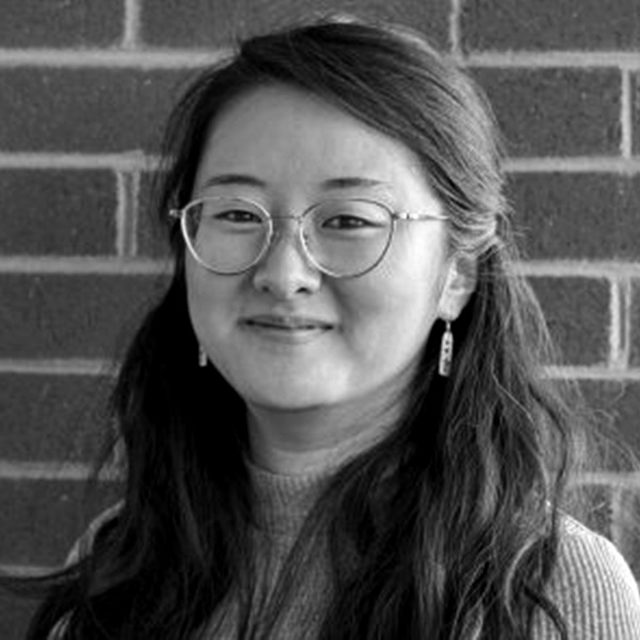Thomas McFadden
The Structural/Inherent Case Distinction and the Implementation of Dependent Case
Speaker
Mediator
-
Carlos Muñoz Pérez

Carlos Muñoz Pérez
Carlos Muñoz Pérez is an Associate Adjunct Professor in Linguistics at the Universidad Austral de Chile. Previously,he has worked at the University of Buenos Aires and at the Pontifical Catholic University of Chile, and he has been a visiting scholar at the Seminar für Englische Philologie of Göttingen University, the School of English Literature, Language, and Linguistics of Newcastle University, and the Utrech Institute of Linguistics OTS at Utrecht University.
Discussant
-
Michelle Yuan

Michelle Yuan
Michelle Yuan is an Assistant Professor in Linguistics at UC San Diego (PhD from MIT, 2018). Her main areas of research are in syntax and its interfaces, and she is broadly interested in questions pertaining to cross-linguistic variation and language universals. She has investigated topics in case and agreement, ergativity, syntactic movement, and polysynthetic wordhood. She specializes in the grammatical structure of the Inuit dialect continuum, with particular focus on the varieties spoken in Eastern Canada.
Abstract →
Thomas McFadden
The Structural/Inherent Case Distinction and the Implementation of Dependent Case
The past decades of theoretical and empirical work have turned up a number of problems with standard Case theory, at least as a theory of morphological case. A series of distinct alternative views have been proposed, leading to a state of affairs where there is strong and fundamental disagreement within Minimalism over how morphological case and its distribution should be modeled. In this talk I will consider two such views. On the one hand is the idea that case is morphological, assigned based on the structure output by the narrow syntax, but too late to affect the narrow syntactic derivation itself. On the other is the idea that cases are not just features on N or D, but represent their own substantive syntactic projections. These approaches would seem to be mutually incompatible, but I will explore the idea that the best theory of morphological case would incorporate both. The strategy is to map them onto the traditional divide between structural and inherent cases. Doing so is by no means straightforward, requiring modifications to both approaches. Furthermore, it requires us to confront important questions about the implementation of dependent case that have received surprisingly little attention until now. The result will be a somewhat unorthodox proposal, which I will however argue comes with considerable payoffs. Long-standing problems with each approach are addressed by the complementary strengths of the other, and the resulting theory of the structural-inherent distinction can account for the well-known empirical differences between the two in a far more principled way than previous approaches. We also end up with a way to accommodate a series of pesky phenomena that straddle the structural/inherent divide, and the resulting approach can be used to gain a novel perspective on certain well-established comparative and diachronic patterns in morphological case systems.

